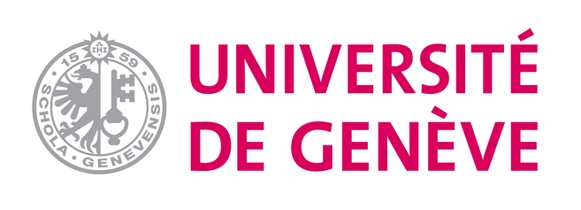The project advances Research objective 1 by examining the role of agency in mate selection choices (i.e., a decision that contributes to the expansion of one’s social network both directly and indirectly via partner’s social resources). More specifically, it looks at the process of seeking a partner in virtual social spaces that have a presumably lower level of social intermediation. For instance, in the paper The Demography of Swiping Right. An Overview of Couples Who Met through Dating Apps, Swiss nationally representative survey data show that meeting through friends remains the main way that couples meet in Switzerland. Nevertheless, this social intermediary is in slow decline, as are other offline meeting places, particularly meeting through school, work, or family. What is rapidly increasing is meeting on the Internet, with a quarter of relationships initiated in the last two years having started online. Similar to what was previously observed for the U.S., the curve for online dating describes an initial steady surge in popularity in the mid-90s, followed by a plateau starting mid-2000s, and then a more recent accelerated growth after 2012. These curves also indicate the transition from networked ways of selecting a partner to mate selection that essentially involves connecting with strangers, a trend alluding to the privatization of partner selection in both the U.S. and Switzerland. As opposed to the U.S., however, meeting online has not yet overtaken meeting through friends, which is suggestive of Switzerland’s greater population density as well as people’s stronger attachments to local informal ties.
Gender
The paper Does Online Dating Challenge Gendered Marital Practices? directly addresses the topic of gender, namely the link between meeting context (online versus elsewhere) and the probability of engaging in an egalitarian division of household labor as opposed to the traditional arrangement in which the wife takes over all or most of the charge. We examine three highly gendered, traditionally female tasks, namely housework, shopping, and (when relevant) childcare. The gender regime is thus measured and examined at the meso-level (i.e., couple level).


